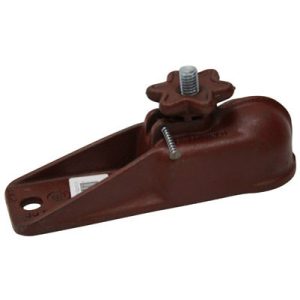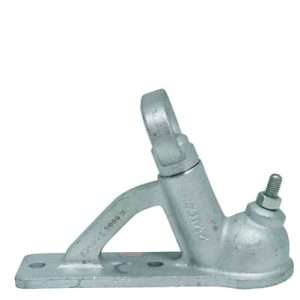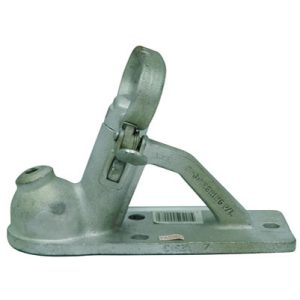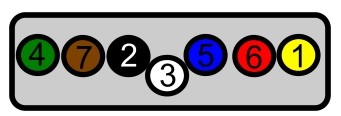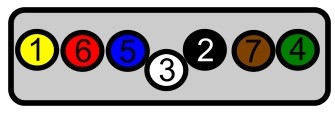Last year we bought a second hand box trailer. It is small, 5′ x 3.5′, but it is being towed by our Saab 900i so I wanted a trailer a bit smaller than the usual 6′ x 4′. It was manufactured by J&P Trailers in November 1993. For light-weight, non-braked trailers like this there are 3 main types of coupling used.
The relevant Australian Standards (AS 4177.3-2004 for the quick-release couplings and AS D18-1968 for the older style) do not specify hole spacings. Those quoted seem to be manufactures’ conventions. Varous sources specify from 100mm to 102mm for the quick-release 2-hole type. Ideally the coupling plate should be drilled using the coupling as a template, so the holes are a perfect match. But I doubt that happens often. The plate on our trailer has 3 holes to fit both sizes of 2-hole couplings.

